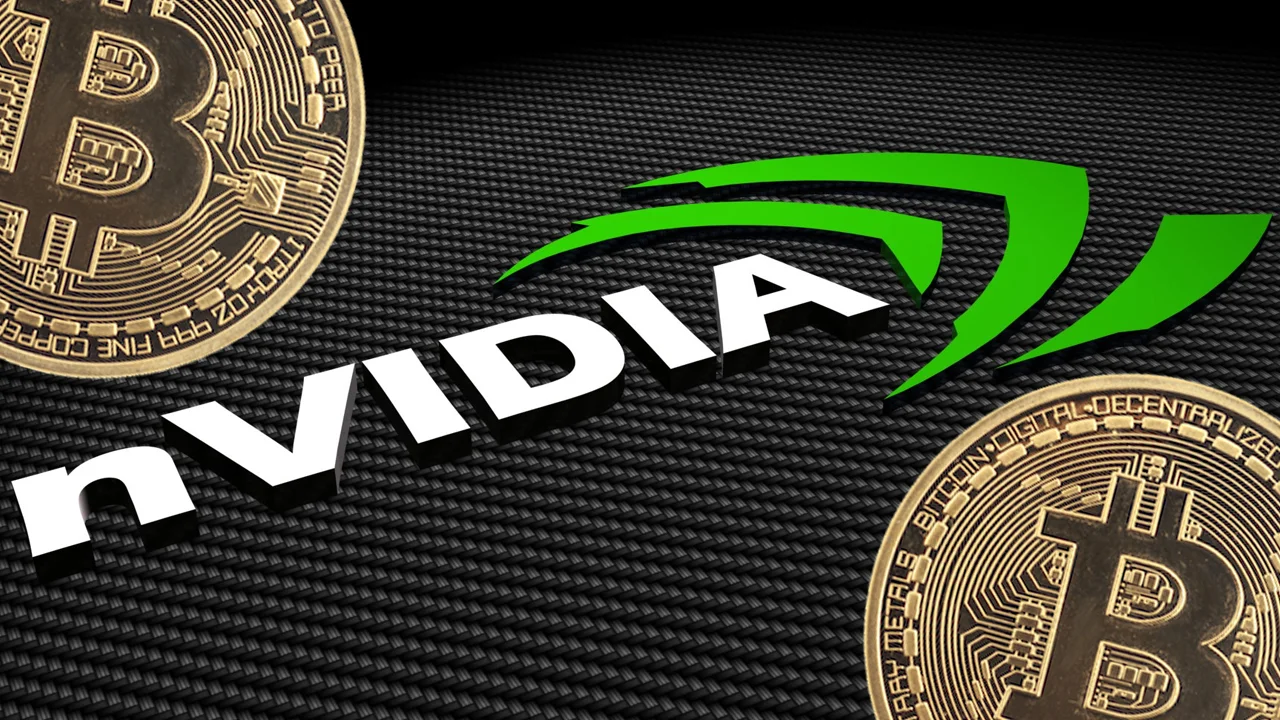Billionaires Shift from Nvidia to Bitcoin, Eyeing Long-Term Gains
04.02.2025 18:30 2 min. read Alexander Stefanov
Over the past five years, Nvidia has seen incredible growth, with its stock price soaring by over 2,000%.
Widely regarded as a leader in the AI space, Nvidia has been one of the most talked-about tech investments. However, despite this remarkable performance, some prominent hedge fund managers are shifting their focus away from Nvidia, looking toward an alternative asset—Bitcoin.
Two hedge fund giants, Israel Englander of Millennium Management and Yan Huo of Capula Management, have made notable moves in this direction. Both managers reduced their Nvidia holdings and significantly increased their positions in Bitcoin through the iShares Bitcoin Trust (IBIT), the leading spot Bitcoin ETF. Englander cut his Nvidia stake by 13% while boosting his Bitcoin ETF investment by 116%, and Huo lowered his Nvidia shares by 28%, adding nearly 15% more to his Bitcoin position.
The shift toward Bitcoin reflects its compelling growth potential. Bitcoin has skyrocketed by 350% in the last two years and has increased more than 40,000% over the past decade, fueling optimism about its future. Bitcoin’s price is currently around $101,000, and experts like Cathie Wood of Ark Invest have raised their price targets for Bitcoin, with predictions reaching as high as $3.8 million in the coming years.
Furthermore, Bitcoin is increasingly seen as a hedge against economic uncertainty, much like gold. Institutional investors, including those at BlackRock, are recognizing Bitcoin’s value as a store of wealth and a buffer against inflation, currency debasement, and geopolitical instability. These factors make Bitcoin appealing in uncertain times when traditional tech stocks, like Nvidia, may be more vulnerable.
Despite these shifts, it’s not an all-or-nothing situation. There’s still room for both assets in a balanced portfolio. Billionaire fund managers, for instance, maintain significant holdings in Nvidia while also increasing their Bitcoin positions. The key is to recognize the unique roles each asset plays in a portfolio. Bitcoin offers a hedge against risk, while Nvidia continues to ride the wave of the tech boom. The combination of both could be a strategic move for the long-term investor.
-
1
Here’s Why Bitcoin Could Be Gearing Up for Its Next Move Despite the Pullback
09.06.2025 8:00 2 min. read -
2
BlackRock and Fidelity Pour Over $500M Into Bitcoin in One Day
25.06.2025 21:00 1 min. read -
3
Blockchain Group Bets Big on Bitcoin With Bold €300M Equity Deal
09.06.2025 22:00 2 min. read -
4
Bitcoin to Track Global Economy, Not Dollars, Says Crypto Expert
09.06.2025 18:00 2 min. read -
5
BlackRock’s Bitcoin ETF Breaks Into Top 15 Most Traded ETFs of 2025
12.06.2025 18:00 2 min. read
What Brian Armstrong’s New Stats Reveal About Institutional Crypto Growth
Coinbase CEO Brian Armstrong has spotlighted a significant acceleration in institutional crypto adoption, driven largely by the surging popularity of exchange-traded funds and increased use of Coinbase Prime among major corporations.
What Will Happen With the Stock Market if Trump Reshapes the Fed?
Jefferies chief market strategist David Zervos believes an upcoming power shift at the Federal Reserve could benefit U.S. equity markets.
U.S. Bank Advises Clients to Drop These Cryptocurrencies
Anchorage Digital, a federally chartered crypto custody bank, is urging its institutional clients to move away from major stablecoins like USDC, Agora USD (AUSD), and Usual USD (USD0), recommending instead a shift to the Global Dollar (USDG) — a stablecoin issued by Paxos and backed by a consortium that includes Anchorage itself.
Vitalik Buterin Warns Digital ID Projects Could End Pseudonymity
Ethereum co-founder Vitalik Buterin has voiced concerns over the rise of zero-knowledge (ZK) digital identity projects, specifically warning that systems like World — formerly Worldcoin and backed by OpenAI’s Sam Altman — could undermine pseudonymity in the digital world.
-
1
Here’s Why Bitcoin Could Be Gearing Up for Its Next Move Despite the Pullback
09.06.2025 8:00 2 min. read -
2
BlackRock and Fidelity Pour Over $500M Into Bitcoin in One Day
25.06.2025 21:00 1 min. read -
3
Blockchain Group Bets Big on Bitcoin With Bold €300M Equity Deal
09.06.2025 22:00 2 min. read -
4
Bitcoin to Track Global Economy, Not Dollars, Says Crypto Expert
09.06.2025 18:00 2 min. read -
5
BlackRock’s Bitcoin ETF Breaks Into Top 15 Most Traded ETFs of 2025
12.06.2025 18:00 2 min. read


